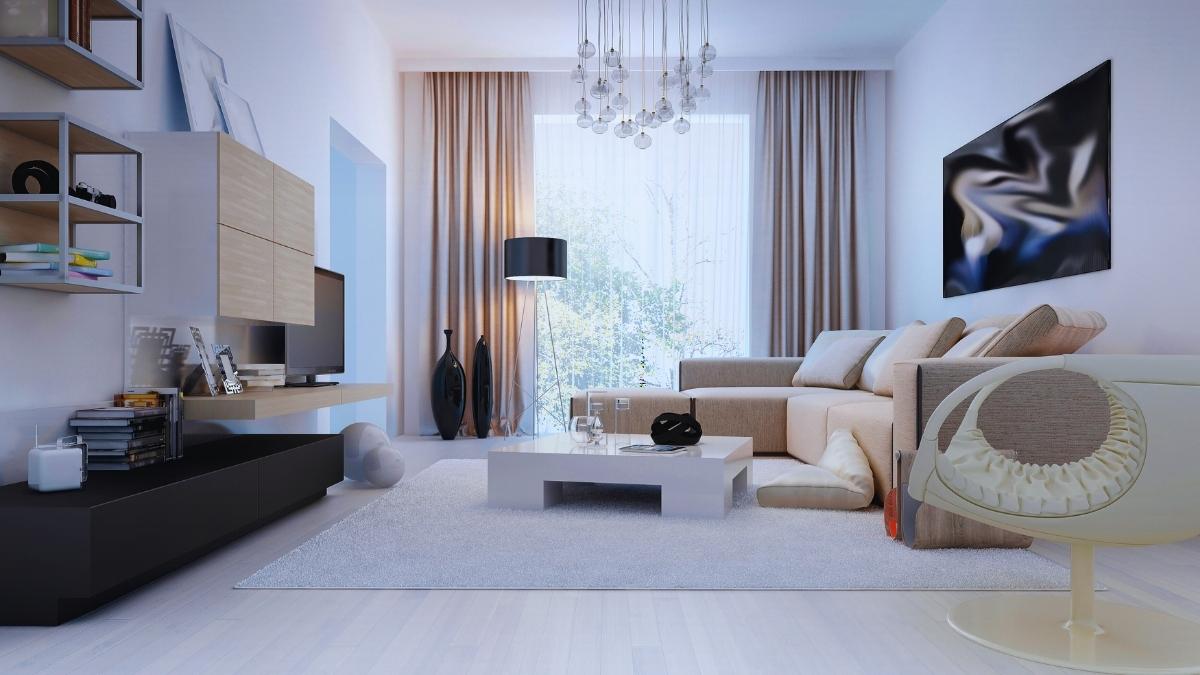Last Updated on May 14, 2025 by Kravelv Spiegel
If you’re feeling cramped in your home or need a temporary place for your furniture during a renovation or move, furniture storage is an excellent solution. However, without a solid plan, storing furniture can become an overwhelming task. The key to effective furniture storage is choosing the right strategy, using quality storage options, and ensuring your items are properly cared for.
In this guide, we’ll cover furniture storage tips that not only help you save valuable space but also reduce the stress of organizing and protecting your furniture during storage.
1. Assess What Needs to Be Stored
Before moving any items into furniture storage, it’s essential to evaluate what pieces are worth keeping. Take a detailed inventory of your belongings and determine which furniture is necessary to store. Consider the following questions:
- Are you storing extra furniture temporarily during a renovation or move?
- Do you have furniture that you don’t use regularly but want to keep for future use?
- Could you benefit from a temporary storage solution to clear up space in your home?
By carefully assessing your storage needs, you can avoid renting unnecessary space and focus on storing only what is essential.
2. Clean and Prepare Your Furniture for Storage
Cleaning and preparing your furniture is crucial to ensure it stays in great condition while in storage. Here’s what you should do:
- Vacuum upholstered furniture to remove dirt and dust.
- Wipe down wood, metal, and other materials to eliminate dust buildup.
- Wrap fragile items (e.g., glass tables, mirrors) in bubble wrap.
- Disassemble large items like beds or tables to save space and prevent damage.
Properly preparing your furniture will help protect it from potential damage during its time in storage.
3. Choose the Right Storage Solution
When it comes to finding the right option for keeping your items safe and well-preserved, selecting the proper storage solution is crucial. Climate-controlled units are perfect for temperature-sensitive furniture like wood, leather, and antiques. These units maintain consistent temperatures and humidity levels, which helps prevent damage like warping, cracking, or mold growth.
If you’re seeking flexibility, consider storage facilities that offer secure, convenient access. These options give you peace of mind, knowing your valuable pieces are stored safely and will be easy to retrieve when you need them.
4. Maximize Your Storage Space by Using Vertical Stacking
Efficiently using the available space is crucial when storing furniture. Don’t just rely on floor space—think vertically! Use shelves, stackable containers, or furniture with built-in storage features. Here are some space-maximizing tips:
- Stack heavy furniture like tables or chairs, placing the heaviest items at the bottom.
- Store smaller furniture parts (e.g., cushions, pillows, or small accessories) in stackable bins.
- Disassemble larger pieces like bed frames to store parts vertically, saving space.
By using vertical storage, you can significantly reduce clutter and make the most out of your storage space.
5. Avoid Plastic Wrap—Use Protective Covers
While plastic wrap may seem like a quick fix to protect your furniture, it can actually do more harm than good. Plastic can trap moisture, leading to mold and mildew. Instead, use breathable covers like:
- Furniture covers made of cotton or canvas.
- Furniture blankets to protect the surface from scratches or scuffs.
- Cotton sheets to cover upholstered furniture and prevent dust from settling.
These materials allow air to circulate around your furniture and keep it dry, preventing long-term damage.
6. Ensure Airflow Around Stored Furniture
Proper airflow is essential for maintaining your furniture in good condition while in storage. Avoid overstuffing your storage unit, as tight packing can restrict airflow, leading to potential damage from mold or mildew. To maximize airflow:
- Leave some space between your items and the walls of the storage unit.
- Avoid stacking items too tightly together—ensure there’s enough room for air to circulate freely.
Proper ventilation will help preserve your furniture and keep it in great condition for when you need it again.
7. Organize and Label Everything
Once your furniture is in storage, staying organized is key to minimizing stress. Keep an inventory of all items stored and label each piece clearly. Here are some organizational tips:
- Create a storage map to know exactly where each item is located.
- Label boxes or bags with small furniture parts, such as screws, legs, or hardware.
- Take photos of disassembled items to help with easy reassembly when you need them.
An organized storage system will save you time and frustration when it’s time to retrieve your items.
8. Consider Modular or Foldable Furniture
If you’re still in the process of designing or updating your living space, consider opting for modular furniture or foldable items that are easier to store. Modular furniture pieces, such as stackable chairs, collapsible tables, and sectional sofas that can be disassembled, are perfect for reducing the space needed in storage. These flexible pieces can also be rearranged to fit new spaces, making them an excellent investment for homes with changing needs.
Ready to Find the Best Storage Solution for Your Furniture?
If you need reliable, secure, and convenient furniture storage, don’t wait any longer! With the right storage options, you can keep your furniture safe and your living space clutter-free. Whether you’re moving, renovating, or just need some extra space, it’s time to make sure your valuable pieces are properly stored.
Conclusion: Simplify Your Furniture Storage Process
By following these furniture storage tips, you can ensure your furniture remains safe, organized, and accessible. Whether you’re downsizing, renovating, or simply looking to clear out space, these tips will help make the process stress-free and efficient.
With the right preparation, the right storage solutions, and a thoughtful organizational plan, you can protect your furniture, reclaim your living space, and maintain a clutter-free home.

